Brewing espresso on the stove is a time-honored tradition that brings out the rich, bold flavors of coffee in a way that’s both nostalgic and satisfying. Whether you’re a coffee aficionado or just looking to try something new, learning how to brew espresso on the stove can elevate your morning routine. Plus, it’s a great alternative if you don’t have an expensive espresso machine.
Let’s dive into the world of stovetop espresso and discover how you can create a café-quality brew right in your own kitchen.
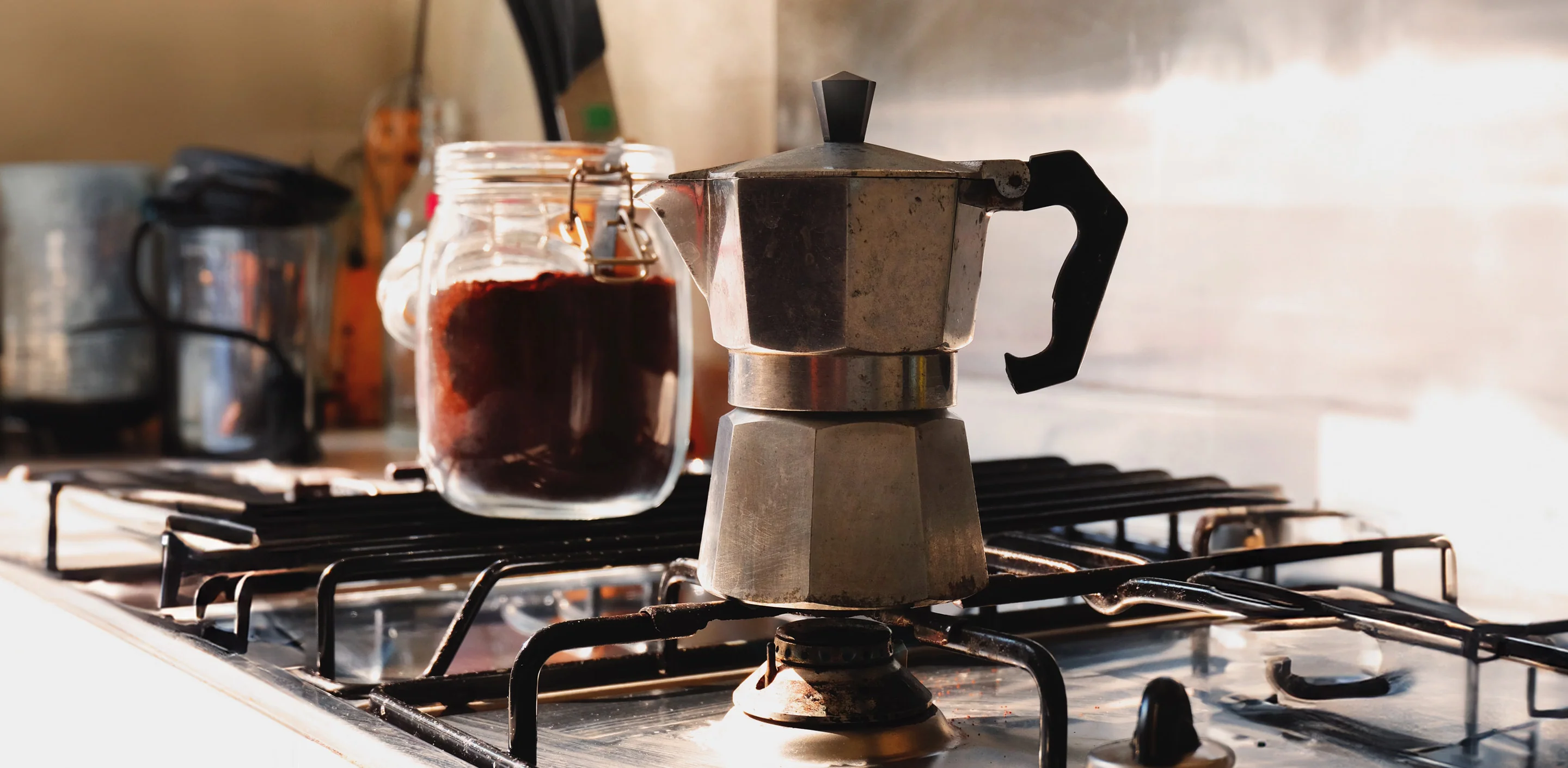
What You Need to Get Started
To brew espresso on your stovetop, you’ll need a few essential items.
- Stovetop Espresso Maker (Moka Pot): The classic tool for stovetop espresso. It’s affordable and easy to use.
- High-Quality Coffee Beans: Freshly roasted, preferably espresso blend, for the best flavor.
- Filtered Water: Using filtered water ensures the best taste and avoids mineral buildup in your Moka pot.
- Grinder: A burr grinder is ideal for achieving a consistent grind size.
- Coffee Tamper (Optional): Helps to evenly distribute the coffee grounds for a more uniform extraction.

Choosing the Right Espresso Maker
Selecting the best stovetop espresso maker involves considering several factors.
- Material is crucial; stainless steel models are durable and easy to clean, while aluminum versions are lighter and heat up quickly.
- Size matters too – Moka pots come in various capacities, typically measured in cups. Think about your daily consumption and choose accordingly.
- Brand reputation can guide your choice; Bialetti, for instance, is renowned for its quality and reliability.
- Budget: While high-end models offer superior features and build quality, there are plenty of affordable options that still deliver great results.
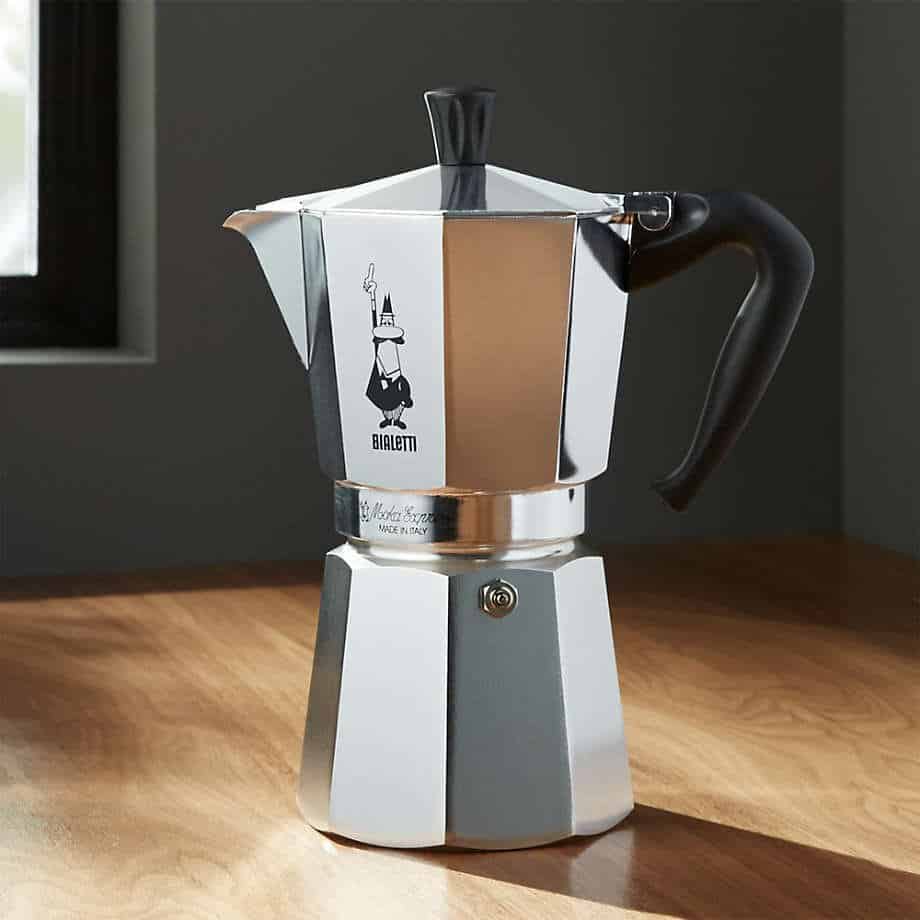
Best Coffee Grinds for Stovetop Espresso
The grind size of your coffee significantly impacts the flavor of your stovetop espresso.
For Moka pots, a medium-fine grind is ideal. Too fine, and the coffee can be over-extracted, leading to bitterness; too coarse, and it can be under-extracted, resulting in weak flavor. The grind should be slightly coarser than what you’d use for an espresso machine but finer than drip coffee.
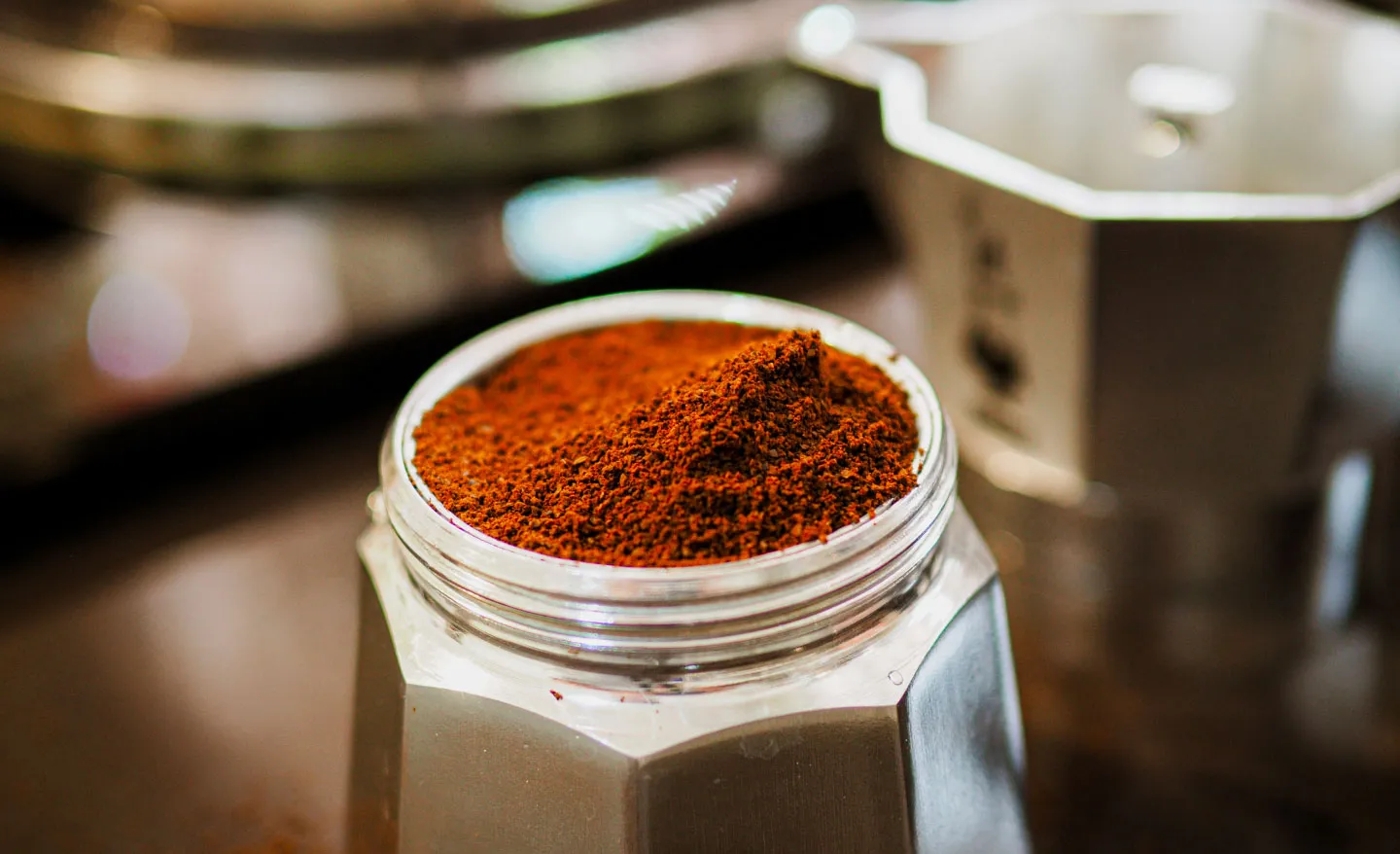
Using a burr grinder ensures consistency, which is key for balanced extraction. Experimenting with grind size allows you to fine-tune the taste to your preference, making each cup uniquely satisfying.
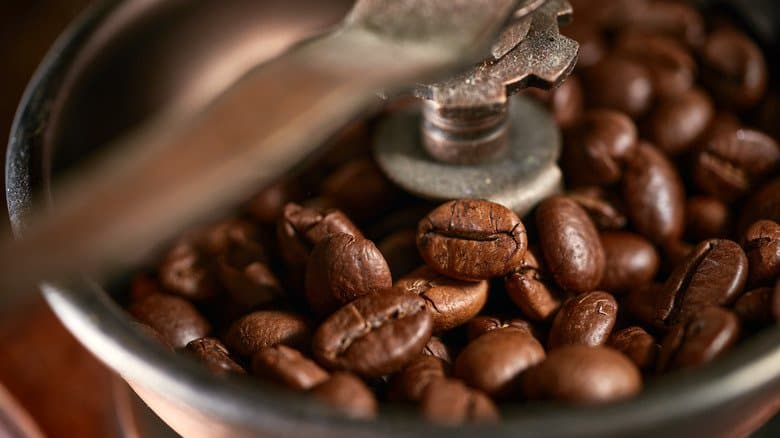
Step-by-Step Brewing Process
Preparing Your Espresso Maker
Before you start brewing, it’s crucial to properly prepare your stovetop espresso maker. Follow these steps for a smooth setup:

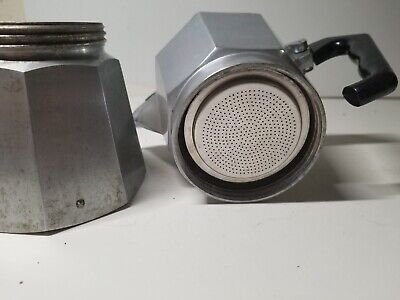
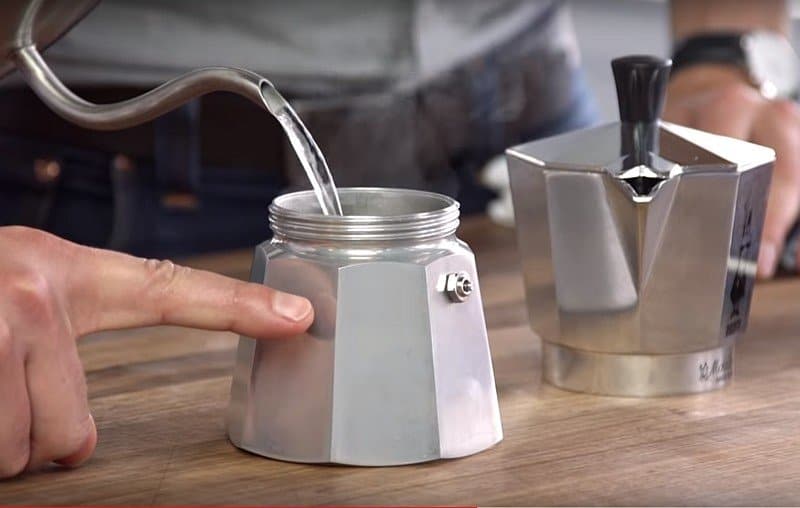
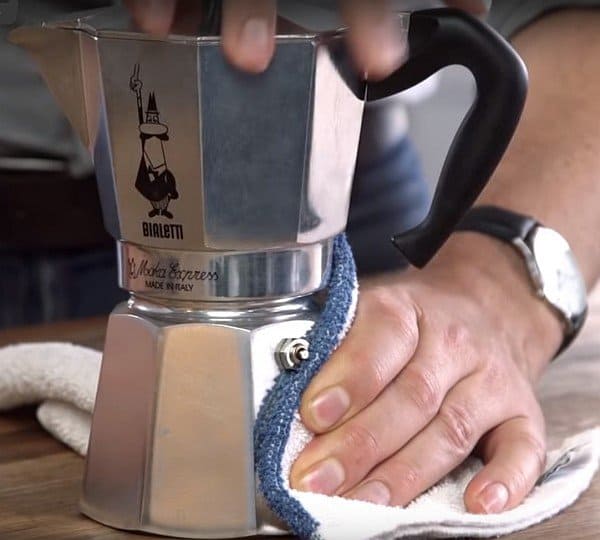
- Cleaning: If it’s your first time using the Moka pot, wash all parts with warm, soapy water and rinse thoroughly. For regular use, ensure the pot is clean and free from coffee residue.
- Assembly: Disassemble the Moka pot into its three main parts – the bottom chamber, the filter basket, and the top chamber.
- Check the Gasket: Inspect the rubber gasket and the filter plate for any wear and tear. Replace if necessary to ensure a tight seal.
- Fill with Water: Pour filtered water into the bottom chamber up to the safety valve. Avoid overfilling to prevent leaks.
- Add Coffee Grounds: Fill the filter basket with medium-fine coffee grounds. Level the coffee with your finger, but don’t tamp it down firmly.
- Assemble the Pot: Place the filter basket into the bottom chamber, then screw the top chamber on securely but not too tightly.
Brewing Your Espresso using Moka Pot
Now that your espresso maker is ready, it’s time to brew:
Heating:
Place the assembled Moka pot on the stovetop over medium heat. Ensure the handle is positioned away from the heat to avoid damage.
Water Temperature:
The water in the bottom chamber will begin to boil, creating pressure to push the water through the coffee grounds and into the top chamber. This should take about 5-10 minutes.
Monitoring:
Keep an eye on the pot. You’ll hear a gurgling sound as the coffee begins to fill the top chamber. Once the gurgling becomes more frequent and intense, the brewing is nearly complete.
Remove from Heat:
As soon as you hear a hissing sound or see a steady stream of coffee, remove the Moka pot from the heat. This prevents the coffee from becoming too bitter.
Serve:
Pour the freshly brewed espresso into your cup. Enjoy it as is, or use it as a base for your favorite coffee drinks like lattes or cappuccinos.
Troubleshooting Common Issues
Even with the right equipment and technique, you might encounter a few hiccups while brewing stovetop espresso. Here are some common issues and how to fix them:
- Weak Espresso: Check your grind size; it might be too coarse. Also, ensure you’re using enough coffee and that the water level is correct.
- Bitter Taste: This could be due to over-extraction. Try reducing the heat or brewing time. Additionally, ensure your coffee is fresh and not over-roasted.
- Leaking: Make sure the Moka pot is assembled correctly and that the gasket is in good condition. Avoid overfilling the water chamber.
Why Isn’t My Espresso Strong Enough?
If your espresso isn’t packing the punch you expect, consider these factors:
- Grind Size: A grind that’s too coarse won’t extract enough flavor. Use a medium-fine grind to ensure proper extraction.
- Coffee Amount: Make sure you’re using enough coffee grounds. The filter basket should be filled but not overly packed.
- Water Temperature: If the water is too hot or too cold, it can affect extraction. Ensure a consistent medium heat.
- Freshness of Coffee: Stale coffee beans can result in a weak brew. Use freshly roasted and ground coffee for the best results.
Dealing With Espresso Bitterness
Bitterness in your espresso can be a deal-breaker, but it’s usually easy to fix:
- Heat Management: Overheating the coffee can cause bitterness. Remove the pot from the heat as soon as you hear the hissing sound.
- Grind Size: If the grind is too fine, it can lead to over-extraction and bitterness. Adjust to a slightly coarser grind.
- Brewing Time: Prolonged brewing can also cause bitterness. Aim for a total brew time of about 5-10 minutes.
- Coffee Quality: Use high-quality, freshly roasted beans. Old or over-roasted beans are more likely to taste bitter.
Enhancing Your Stovetop Espresso Experience
Brewing espresso on the stovetop is an art, and with a few tips and tricks, you can take your coffee to the next level:
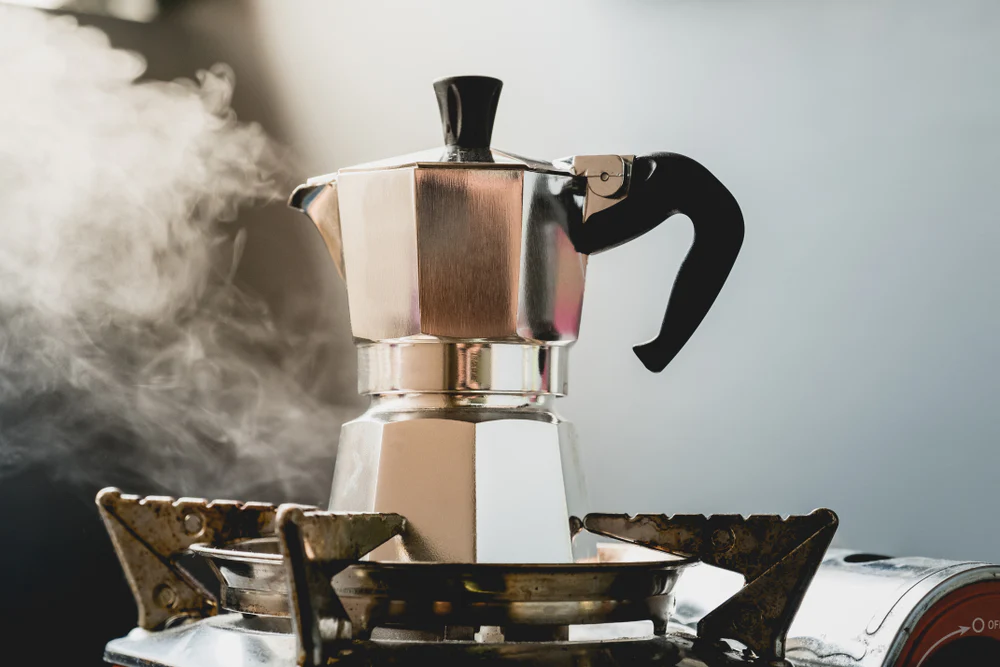
- Preheat Your Water: Starting with hot water in the bottom chamber reduces the time your coffee spends on the stove, minimizing the risk of bitterness.
- Warm Your Cup: Pour hot water into your espresso cup before brewing. This keeps your espresso hot longer and enhances the drinking experience.
- Experiment with Ratios: Adjust the coffee-to-water ratio to find your perfect strength and flavor balance. Start with the standard and tweak to taste.
- Use Fresh Beans: Invest in high-quality, freshly roasted beans and grind them just before brewing. Fresh beans significantly improve flavor and aroma.
- Maintain Your Moka Pot: Regularly clean and descale your espresso maker to ensure it performs optimally and your coffee tastes fresh.
- Add a Twist: Experiment with adding a pinch of salt, a dash of cinnamon, or a bit of cocoa powder to your coffee grounds for a unique flavor profile.
- Practice Makes Perfect: Don’t be afraid to experiment with different beans, grind sizes, and brewing times. The more you practice, the better your stovetop espresso will become.
Best Practices for Stovetop Espresso
To consistently brew excellent stovetop espresso, follow these expert tips:
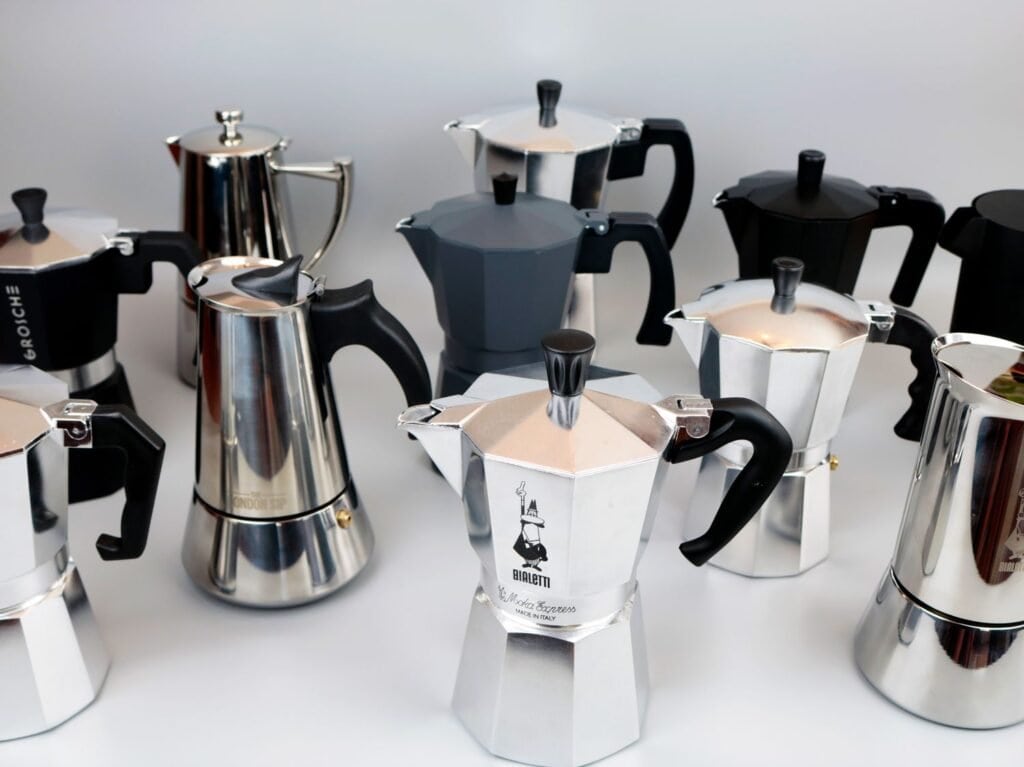
- Consistent Grind Size: Use a burr grinder to achieve a uniform medium-fine grind. Consistency is key to balanced extraction.
- Quality Ingredients: Always opt for high-quality, freshly roasted coffee beans and filtered water to enhance the flavor.
- Monitor Heat: Use medium heat to prevent overheating and bitterness. Keep an eye on the brewing process to adjust as needed.
- Proper Cleaning: Regularly clean your Moka pot after each use. Avoid using soap on the coffee basket and filter; instead, rinse with hot water.
- Storage: Store your coffee beans in an airtight container away from light, heat, and moisture to maintain freshness.
- Water Level: Fill the bottom chamber with water just below the safety valve. Overfilling can cause leaks and under-extraction.
- Even Grounds Distribution: Ensure coffee grounds are evenly distributed in the filter basket but not compacted too tightly.
Creative Ways to Serve Stovetop Espresso
Elevate your coffee routine and impress your guests with these innovative serving ideas:
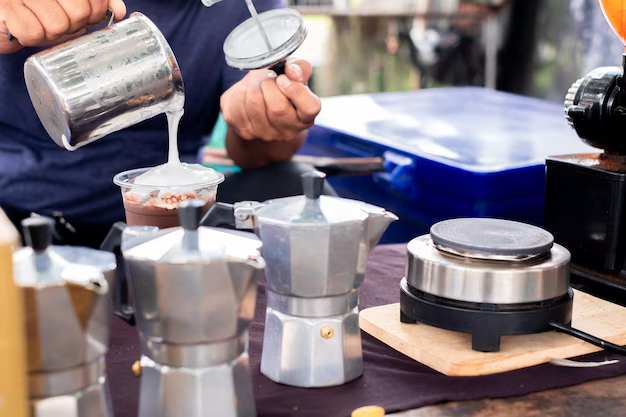
- Espresso Tonic: Pour your freshly brewed espresso over tonic water and ice for a refreshing, fizzy coffee drink.
- Affogato: Serve a scoop of vanilla ice cream or gelato with a shot of hot espresso poured over it for a delightful dessert.
- Espresso Martini: Shake espresso with vodka, coffee liqueur, and ice for a sophisticated cocktail.
- Iced Espresso: Brew a strong shot of espresso, let it cool, and pour it over ice. Add milk or flavored syrups to taste.
- Coffee Cocktails: Experiment with adding espresso to your favorite cocktail recipes for a caffeinated twist.
- Espresso Mousse: Incorporate espresso into a creamy mousse for a rich, coffee-flavored dessert.
- Breakfast Boost: Pour a shot of espresso over your oatmeal or yogurt for a quick and energizing breakfast treat.
Disclosure: Our blog contains affiliate links to products. We may receive a commission for purchases made through these links. However, this does not impact our reviews and comparisons. We try our best to keep things fair and balanced, in order to help you make the best choice for you.

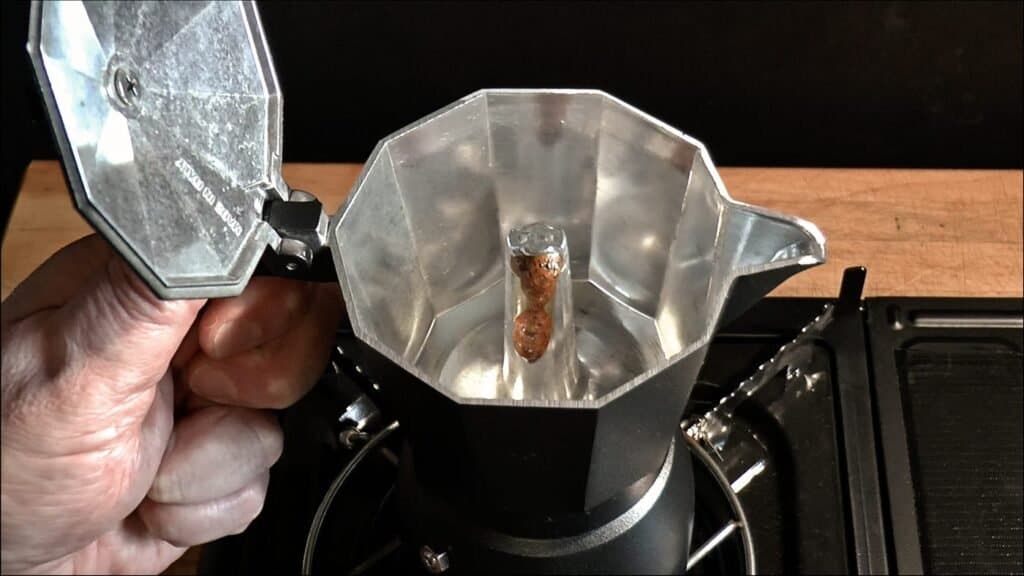
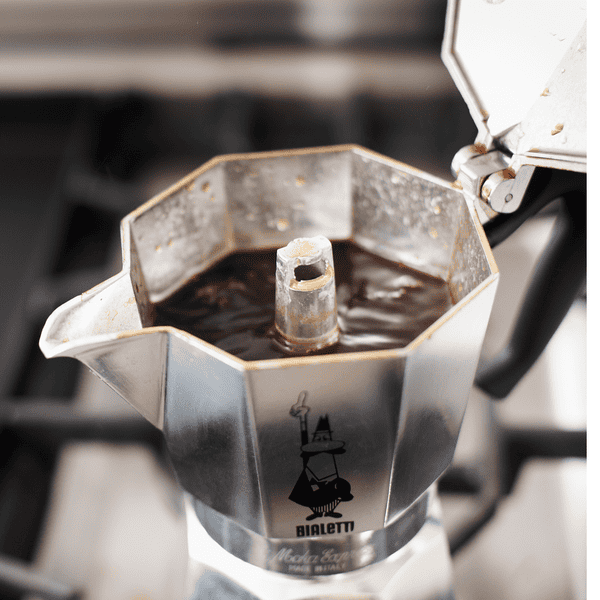
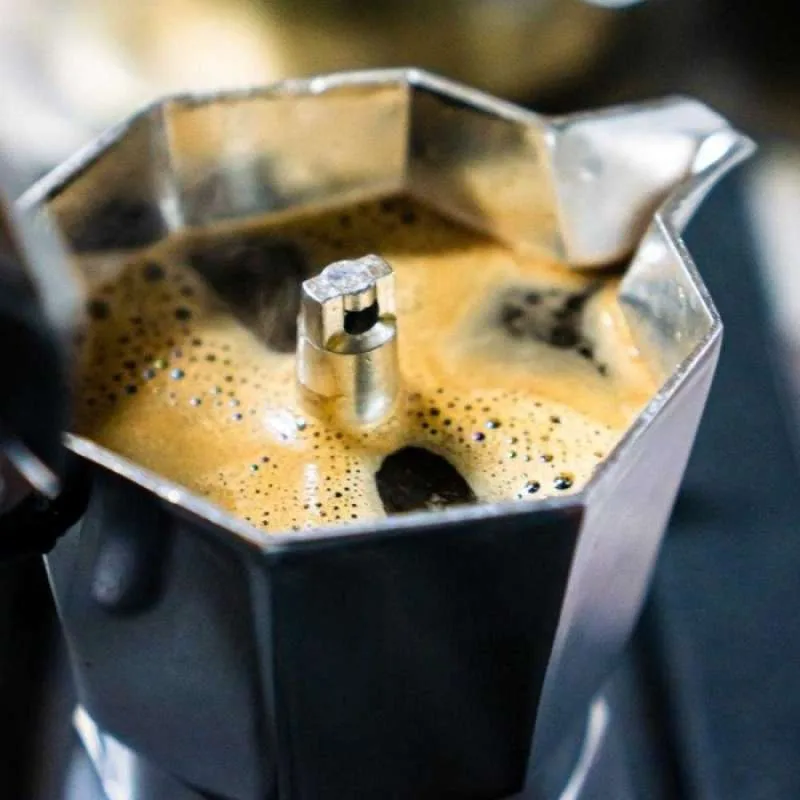
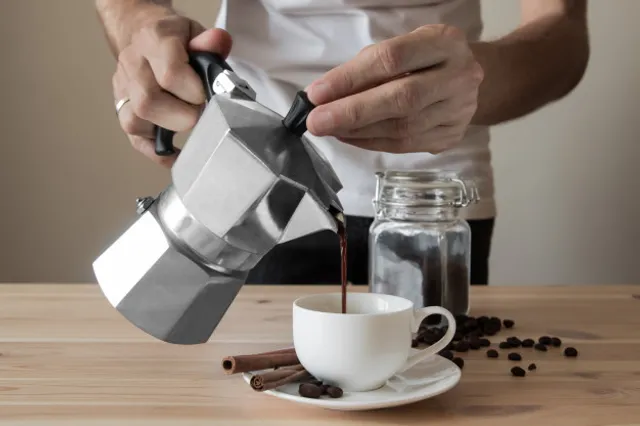
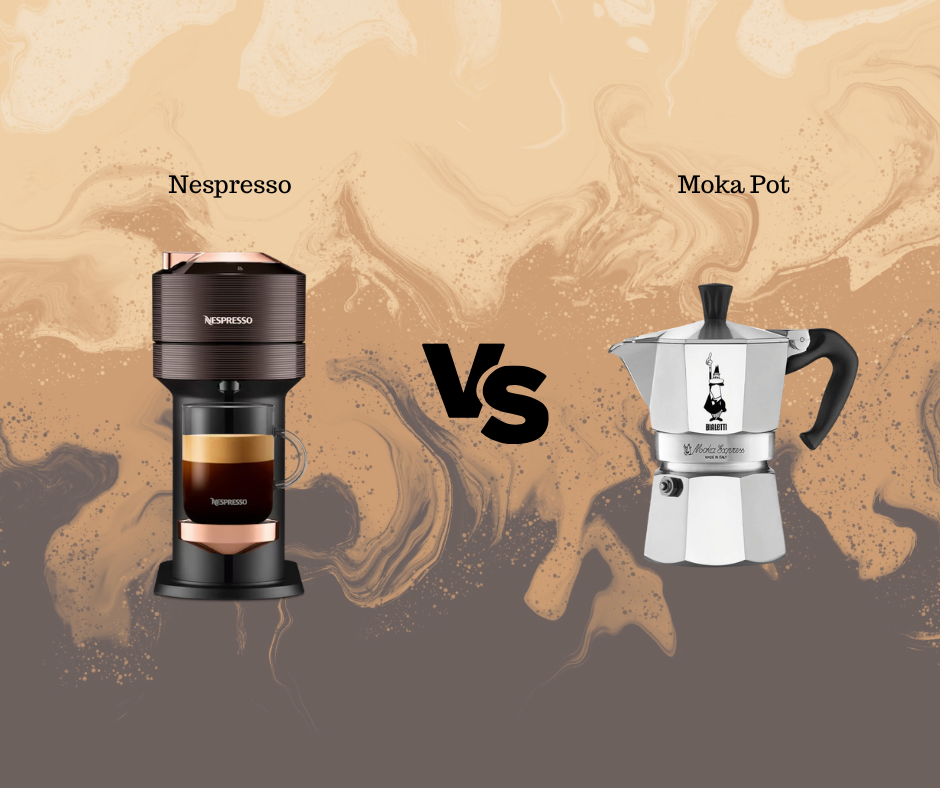


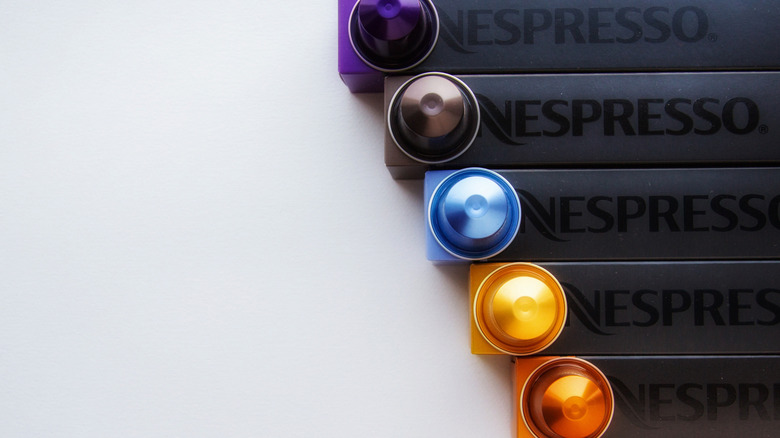

4 Responses